1. Understand Generational Differences: To better tailor engagement strategies, recognize the diverse preferences, communication styles, and technological comfort levels of different generations, from Traditionalists to Gen Z.
2. Foster Cross-Generational Collaboration: Create opportunities for employees from different generations to work together, leveraging their unique skills and expertise—for example, younger employees can help with technology, while older employees can provide mentorship.
3. Customize Communication and Recognition: Use different communication modes suited to each generation’s preferences and tailor recognition approaches—some may prefer private acknowledgment, while others appreciate public recognition.
4. Build an Inclusive Culture: Promote a culture of mutual respect, understanding, and inclusivity that bridges generational gaps, eliminates biases, and ensures all employees feel integral to the organization’s growth.
Today’s workforce comprises people from multiple generations, creating diversity and great learning experiences due to each generation’s distinct perspectives. At the same time, managing and engaging a multi-generation workforce can often be challenging.

Each generation has preferences in how they communicate, use technology and tools, and even dress at work.
Hence, organizations should review talent management strategies to meet each generation’s interests, priorities, and expectations.
So, organizations should incorporate diversity and inclusion to benefit from a diverse yet unified workforce.
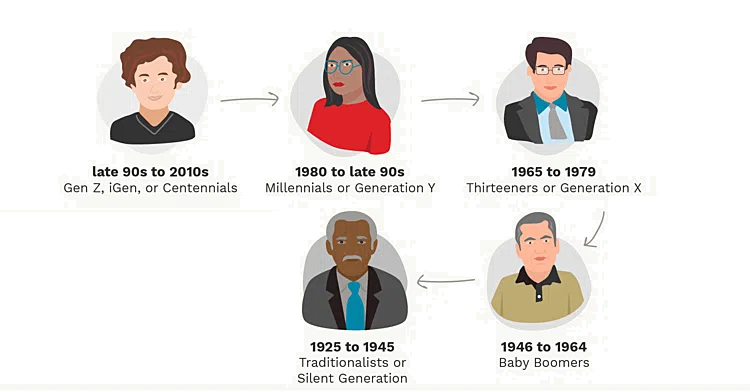
Interestingly, the workforce in most organizations today spans five generations.
In fact, in many organizations, the age gap between the oldest and youngest employees is often greater than thirty years.
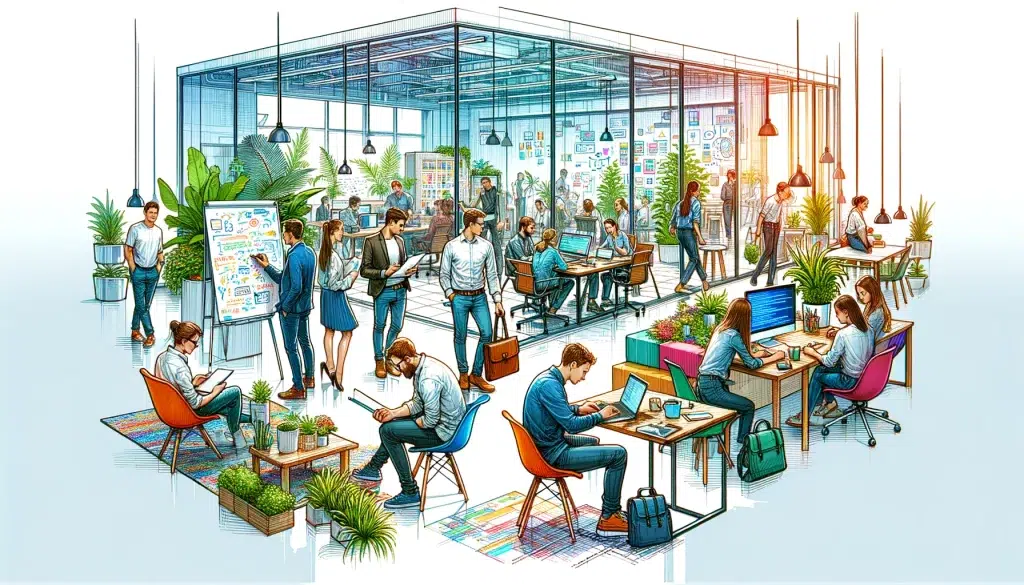
While such diversity provides different skills and expertise, it poses a significant challenge for employee engagement and motivation.
Therefore, the organization needs to understand the different generations within the workforce including their preferences and behaviors.
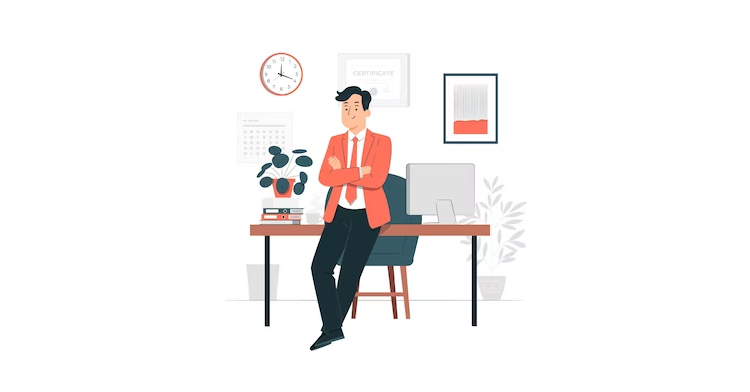
These are those employees born before 1945.
Although they form a minority in the workforce, they have a deep understanding of the organization’s history and business cycles.

Also referred to as Baby Boomers, born between 1946 and 1964.
They are often the second smallest segment of the workforce.
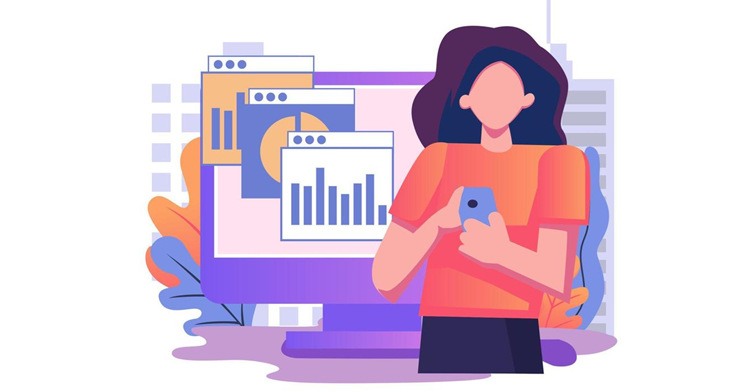
Those born between 1965 and the early 1980s.
They are known for being the first professionals to use technology at work.
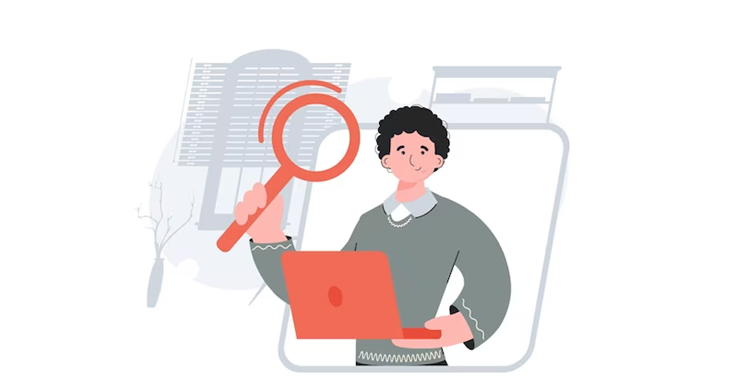
Employees born between the early 1980s and mid-1990s. They often form the most significant segment of the workforce.
They are tech-savvy and have a good understanding of the digital world.

Those born after the mid-1990s. They form the second largest segment of the workforce.
They are the most tech-savvy of all professionals. Millennials are also the fastest-growing segment.
Read: How To Recognize And Motivate Gen Z Employees?
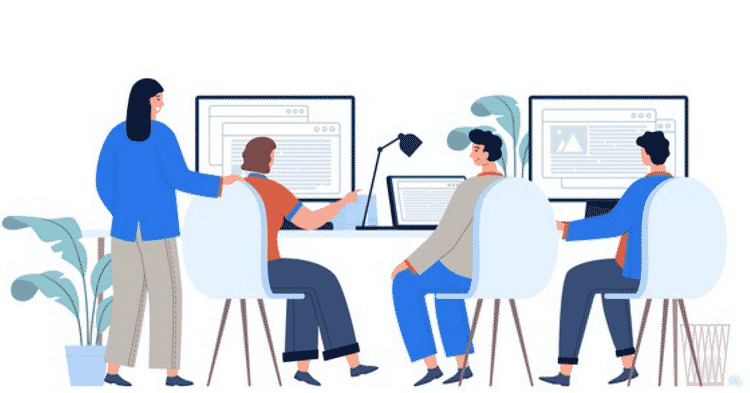
The biggest challenge in managing a multi-generational workforce is ensuring high engagement and motivation levels across the entire workforce.
Bridging gaps in skills, expertise, learning abilities, and use of technologies across generations can help create a positive work culture.

Such work culture is based on mutual respect and understanding of the role of each generation in the organization’s success.
So, developing such a work culture requires each generation better to understand the previous generation’s expertise and skillsets.
In addition, they also need to work towards eliminating any unconscious bias, barriers of ageism, and preconceived notions.

To leverage the diverse expertise, skills, and experience of a multi-generational workforce, organizations should create a culture of inclusion.
For this, organizations need to use a modernized approach to ensure greater engagement of employees from different generations.
Whether traditionalists or millennials, employees should feel they are an integral part of the organization and its growth.
So, here are a few practical strategies for engaging a multi-generation workforce:
1. Communicate with Each Generation in a Way They Understand
2. Enabling Employees from Different Generations to Work Together
3. Recognize Members of Different Generations Differently
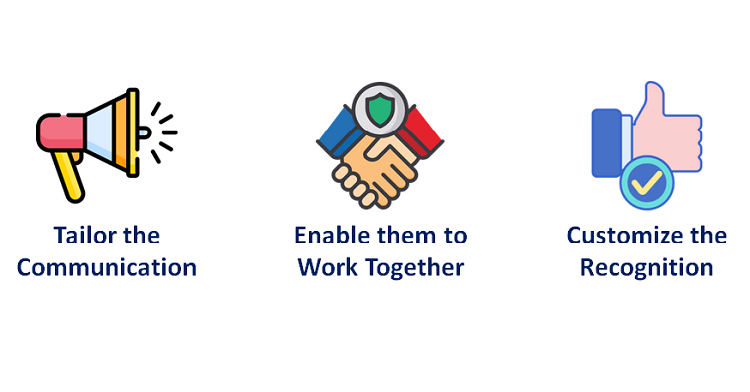

When the organization shares any information with the workforce, it should use multiple modes of communication suited to different generations.
For example, Gen Z employees may prefer more informal communication in casual language.
However, boomers might feel more comfortable with detailed and more formal communication.
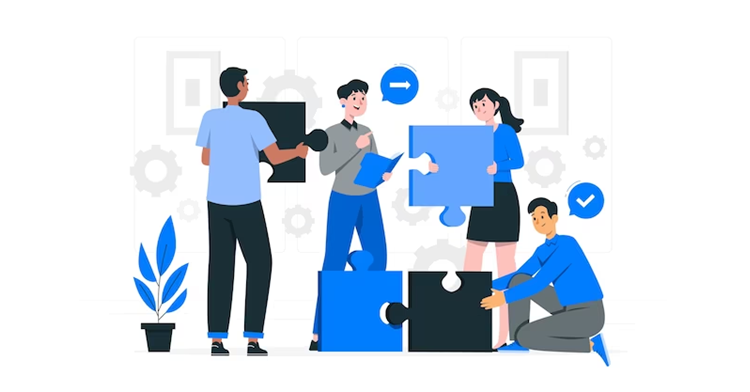
Also, creating opportunities for people belonging to different generations to work together can go a long way in boosting engagement.
For example, millennials may be responsible for teaching the bloomers the nitty-gritty of technology usage.
Similarly, traditionalists can be responsible for mentoring younger professionals.
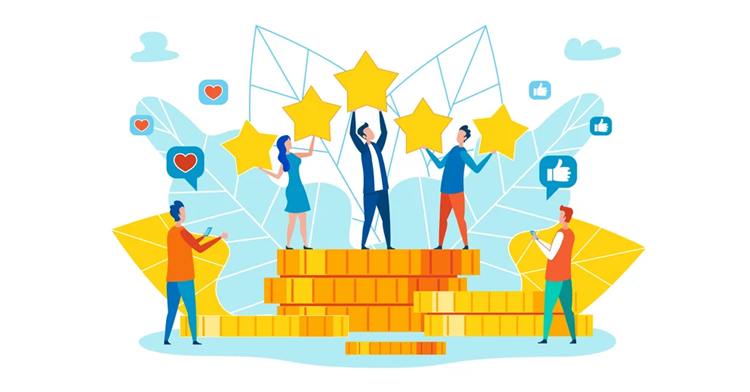
Recognition, when done right, plays a significant role in boosting the motivation levels of the workforce.
Hence, organizations need to focus on modes of employee recognition preferred by different generations.
A private word of appreciation might work well for baby boomers. However, Gen Z employees would like to be appreciated publicly.
Ensuring consistently high levels of employee motivation is in itself a difficult task and it becomes even more challenging when the workforce comprises multiple generations. However, with the right intent and methods, this objective of integrating and engaging a multi-generation workforce can be accomplished.

Lead author: Sagar Chaudhuri, the Co-Founder and CEO of HiFives. He is an HR Tech Evangelist with over 25 years of corporate and entrepreneurship experience. In the past, Sagar has worked in leadership roles with companies such as Genpact, Infosys, and ICICI Bank. He has an engineering degree from IIT Kharagpur and an MBA from IIM Lucknow. Connect on LinkedIn
To stay updated on the latest HiFives blogs, follow us on Twitter (@MyHiFives)